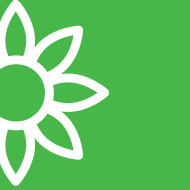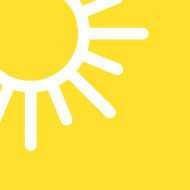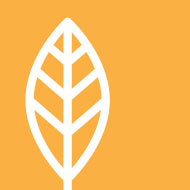Home » Bugs » Other Bugs »
Active Seasons




Millipede Appearance and Size Facts
Among the more common pests in Florida, seeing a millipede in your home is a chilling sight. By feeding off vegetation and thriving in high levels of humidity, a millipede infestation can get ugly at an alarming rate. With the services and information provided by Hulett Environmental Services, we can help you identify a potential or existing millipede infestation in your home.
Characteristics that are common among millipedes include:
- Body: Cylindrical, flat, and long in shape with anywhere between 25 to 100 body segments
- Size: Typically around an inch or two long
- Color: Usually brownish-black or full black with shades of orange, red, or brown
- Legs: Body segment contains two pairs of legs except for the head segment, which only has one; legs move in a wavelike motion, making it appear as if they have 1,000 legs.
Distinguishing Millipedes From Other Bugs
Many people get millipedes and centipedes confused with each other. The key to differentiating the two is through their legs. Millipedes have two pairs of legs per body segment, while centipedes only have one pair. If you need professional help differentiating the two, reach out to a certified entomologist at Hulett.
We offer millipede control in the following locations and their surrounding areas:

Behavior and Habitat of Millipedes
Like many other arthropods such as pill bugs and roly polys, millipedes are scavengers and feed off decaying vegetation and leaf litter. Their environmental preferences are dark and humid climates, such as garages. Because of the damp conditions, millipedes can become a persistent issue for south Florida homeowners. They are most active at night and will likely scramble to a dark crevice if they sense light.
Springtime is the reproduction season for millipedes and females can lay anywhere between 20 to 300 eggs that hatch in a span of a few weeks. The natural life span of a millipede is between two and five years.

Signs of Infestation of Millipedes
The most common sign of a millipede infestation is damage to paper or plants, cardboard, and other decaying materials. Because millipedes are associated with moisture, they can also be seen near wood rot from heavy moisture and water intrusion. If you see a millipede in your home, it’s best to avoid handling them to prevent a potential allergic reaction from its fluids, which also emits a foul odor.

Tips for Prevention of Millipedes
For better prevention of millipedes in your Florida home, it is important to keep a neat landscape. Try not to over mulch or allow mulch to touch the foundation of the home, and try to rake up any standing leaf litter in the bushes. A proper amount of irrigation can also help reduce millipede activity, as opposed to overwatering and oversaturating the soils. Make sure to remove any standing moisture and decaying plants, wood, or debris you can find. By removing these dark and moist areas, which include your trash, the number of areas that attract millipedes into your home dramatically decreases.
Effective Millipede Control Solutions
Removing millipede on your own is not as productive as you might think, so finding a professional to get the job done is your best bet. Routine and maintenance pest control services can help prevent these occasional invaders from crawling into your home in the first place. Don’t panic, just call Hulett for the best millipede control services in Florida. With preventive and green pest control solutions for a multitude of different pests, we’re your ideal choice to prevent infestations year-round. Begin by scheduling your free inspection with us online today!



